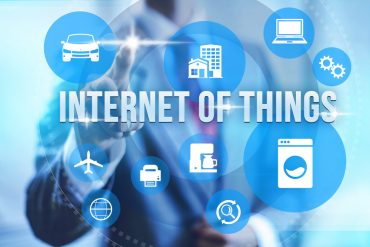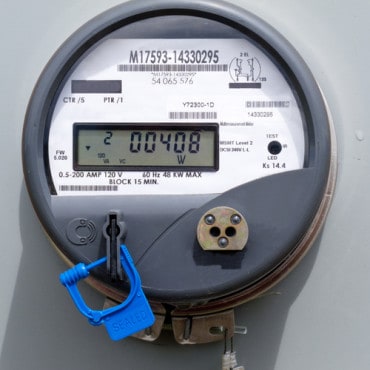
AWS IoT 1-Click, AWS IoT Device Management, AWS IoT Device Defender, and AWS IoT Analytics are among the new offerings.
Amazon Web Services announced six new IoT services at AWS re:Invent. The services are designed for connected services at the edge and include AWS IoT 1-Click, AWS IoT Device Management, AWS IoT Device Defender, and AWS IoT Analytics.
The company says they give users the ability to quickly deploy and manage large fleets of IoT devices, analyze their data at scale and enforce consistent security policies. One of the offerings, Amazon FreeRTOS, is an operating system for IoT that extends AWS to low-power devices such as smart lights, thermostats, smoke detectors and conveyor belts. Another new offering, AWS Greengrass ML, gives AWS Greengrass the ability to deploy machine learning models to devices, enabling those devices to run machine learning inference even when they are not connected to the cloud.
See also: Could AWS be the right choice for IoT and machine learning?
“The explosive growth in the number and diversity of connected devices has led to equally explosive growth in the number and scale of IoT applications. Today, many of the world’s largest IoT implementations run on AWS, and the next phase of IoT is all about scale as we’ll see customers exponentially expand their fleet of connected devices,” said Dirk Didascalou, VP IoT, AWS.
“These new AWS IoT services will allow customers to simply and quickly operationalize, secure, and scale entire fleets of devices, and then act on the large volumes of data they generate with new analytics capabilities specifically designed for IoT,” he added. “With Amazon FreeRTOS, we’re making it easy for customers to bring AWS IoT functionality to countless numbers of small, microcontroller-based devices. And, customers have also told us they want to execute machine learning models on the connected devices themselves, so we’re excited to deliver that with AWS Greengrass ML Inference.”
According to Amazon, the key features of their other new offerings include:
- AWS IoT Device Management (available today) makes it easy to securely onboard, organize, monitor, and remotely manage IoT devices at scale throughout their lifecycle—from initial setup, through software updates, to retirement. Getting started is easy; customers simply log into the AWS IoT Console to register devices, individually or in bulk, and then upload attributes, certificates, and access policies. Once devices are in service, AWS IoT Device Management allows customers to easily group and track devices, quickly find any device in near real-time, troubleshoot device functionality, remotely update device software, and remotely reboot, reset, patch, and restore devices to factory settings, reducing the cost and effort of managing large IoT device deployments.
- AWS IoT Device Defender (coming in the first half of 2018) continuously audits security policies associated with devices to make sure that they aren’t deviating from security best practices and alerting customers when non-compliant devices are detected. AWS IoT Device Defender also monitors the activities of fleets of devices, identifying abnormal behavior that might indicate a potential security issue. For example, a customer can use AWS IoT Device Defender to define which ports should be open on a device, where the device should connect from, and how much data the device should send or receive. AWS IoT Device Defender then monitors device traffic and alerts customers when anomalies are detected, like traffic from a device to an unknown IP address.
- AWS IoT Analytics (available in preview) is a fully managed analytics service that cleans, processes, stores, and analyzes IoT device data at scale. Getting started is easy: customers simply identify the device data they wish to analyze, and they can optionally choose to enrich the device data with IoT-specific metadata, such as device type and location, by using the AWS IoT Device Registry and other public data sources. AWS IoT Analytics also has features for more sophisticated analytics, like statistical inference, enabling customers to understand the performance of devices, predict device failure, and perform time-series analysis. And, by using Amazon QuickSight in conjunction with IoT Analytics, it is easy for customers to surface insights in easy-to-build visualizations and dashboards.
For more info visit https://aws.amazon.com/iot





























